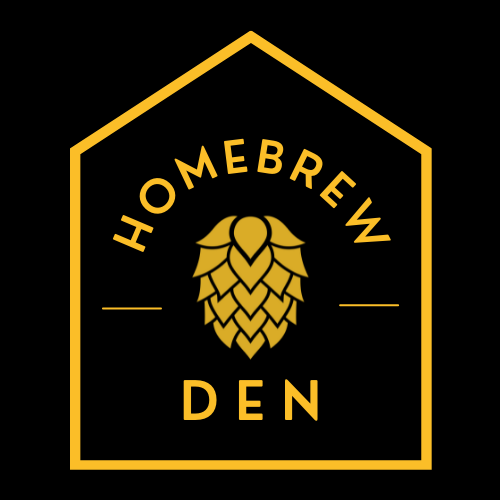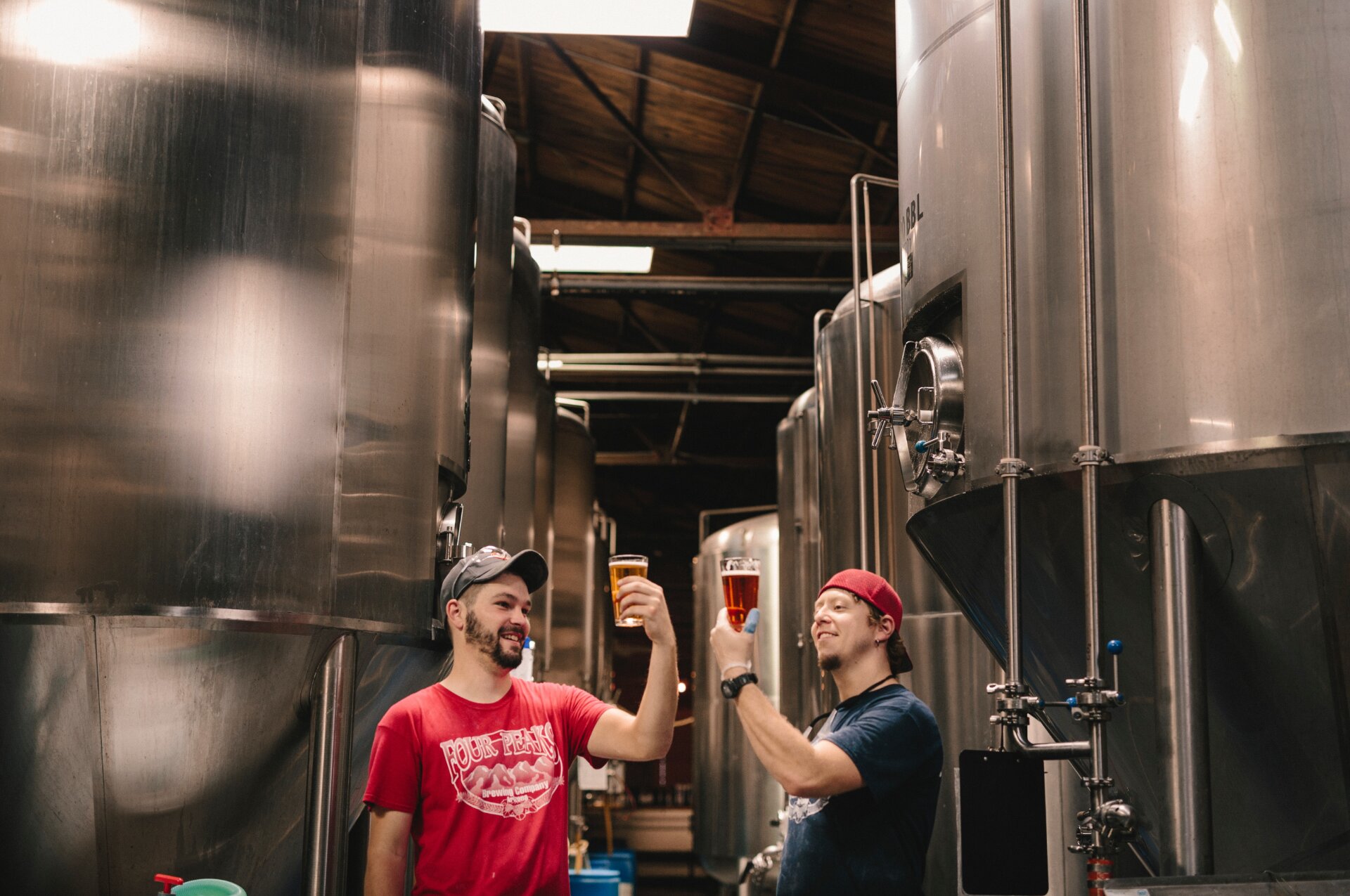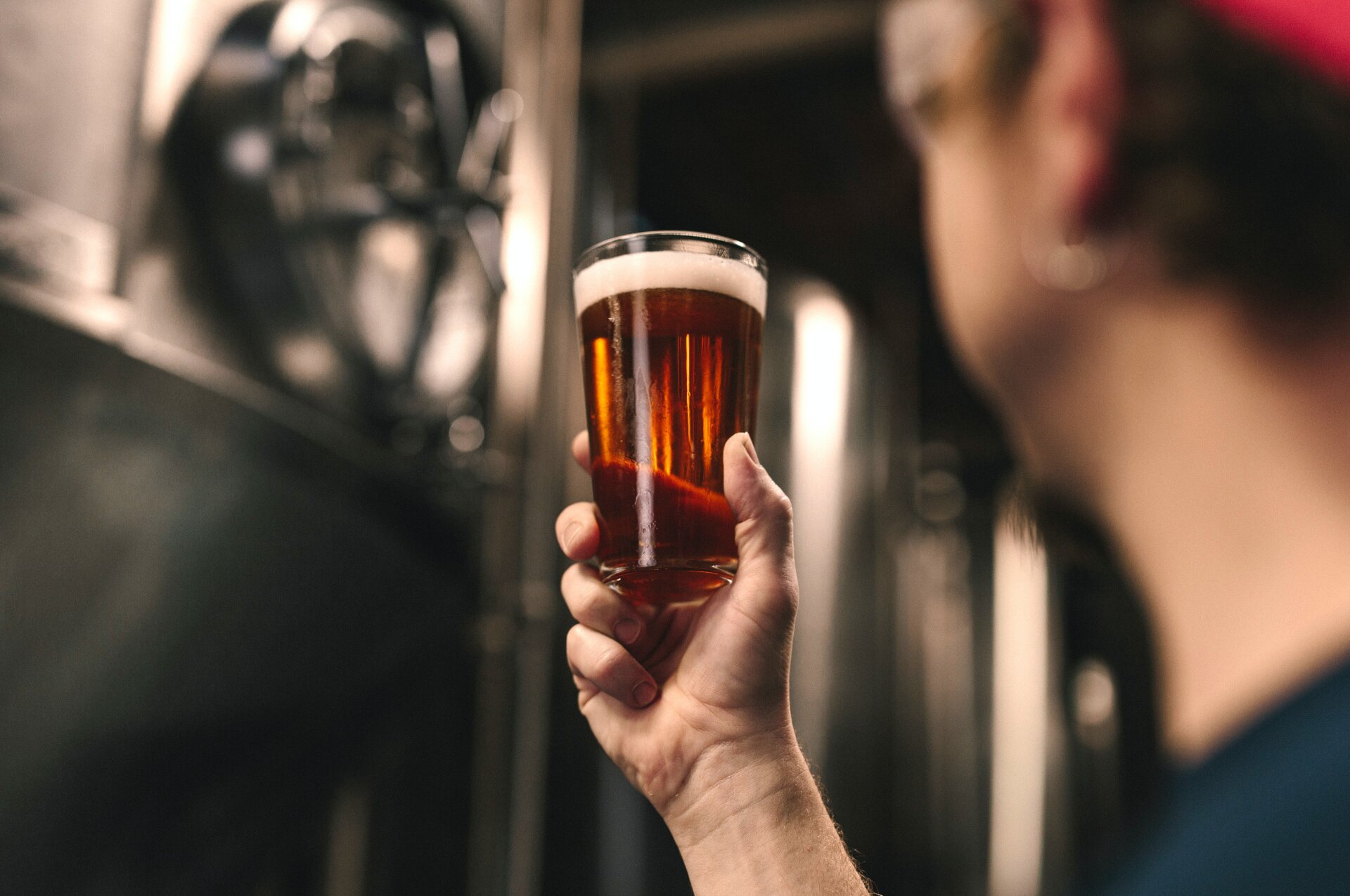Bitter is the traditional English beer style. It’s the result of centuries of brewing expertise in a changing cultural and historical setting. Multiple factors have refined it into a drink that embodies the finest of what traditional beer ingredients can become. It is perfectly matched to the country’s unique drinking culture.
From the outside, though, it appears to be a bit perplexing. Bitter requires some explanation.
Let’s start by defining what we’re talking about.
Bitter is a name that appears to have emerged late in the 19th century.
It’s connected with a lighter, drier pale-ale style, built on the foundations of IPA and its precursor, October beer. The effects of wartime hardship, economy, and government restrictions on alcohol consumption eventually pushed the style into the low-gravity range that we know today. Uniquely, the United Kingdom has kept its historic technique of serving cask-conditioned “real ale.” This is despite the fact that it has become a specialty product, supported by consumer demand.
It’s easy to get lost in the jargon. Bitter and pale ale are phrases that are sometimes used interchangeably, though pale ales are usually associated with the stronger end of the spectrum. In North American competitions, bitters are divided into three distinct gravity/strength categories. Most brewers in England make more than one strength, but few offer three, and the terminology—ordinary, best/special, ESB—is inconsistent. The last is actually the brand name for Fuller’s distinctively rich and malty variation. This was extensively distributed just as the budding American microbrewing culture was looking for inspiration.
Bitter can only be understood in the context of the United Kingdom’s profoundly ingrained beer drinking culture.
The glasses are imperial pints, with a capacity of 568 ml. Unlike the flat beer tax in the United States, the alcohol-based tax system in the United Kingdom produces very precise pricing rather than the even dollar amounts seen in the United States. Drinkers would rather save money by drinking the lighter varieties and possibly having one more than they would otherwise.
Because one of the most popular stereotypes about the bitter style of beer is that it’s warm and flat, it’s a good idea to focus on what it isn’t. The ideal temperature for bitters is in the mid 50s°F, rather than the customary 38°F for lagers.
Bitter’s moderate carbonation is a relic from the brewery’s previous usage of wooden kegs. These can’t withstand the same amount of pressure as modern stainless steel kegs. This reduced carbonation decreases the gas’s masking effect, increasing flavour even more.
The cask ale tradition is what drives these traits. This is beer that has been carbonated in the receptacle in which it will be served, rather than using CO2. Although bottle conditioning is acceptable, draught is the style’s soul. Cloudiness is commonly regarded as a sign of inadequate cellar management.
Brewers take a risk with real ale since they are essentially handing off the last stage of manufacturing to the bar.
Beers arrive still fermenting and must be coaxed into their ultimate form in the basement. This presents a number of potential pitfalls. which might have been easier to manage when breweries owned the majority of their pubs.
Breweries have had to rely on the enthusiasm and care of pub owners as those ties have deteriorated, with mixed results. Inconsistent quality at the point of service could be one of the reasons behind cask ale’s decades-long decline.
It’s a cliche to argue that beer tastes better when consumed in its native country, but it’s especially true here. Unfortunately, quality cask ale is hard to come by outside of the United Kingdom. It is frequently a passion project of a brewery or a pub elsewhere. It also doesn’t travel well.
Ray Daniels’ Real Ale Fest in the late 1990s featured more than 200 firkins of real ale, largely from American brewers. A sponsor paid to fly in British barrels, but the ales were frequently flawed, and withdrawn from service. Only a few hours of truck and plane transportation was enough for them to deteriorate. Even under ideal conditions, inflowing air introduces oxidation and infectious bacteria after only a few days in the cask.
A Bitter is a light-bodied beer that is designed to be consumed quickly.
While all-malt variants are popular, there are also varieties with corn and even sugar. Body and head retention can be improved by using unmalted grains. Pale ale malt is the most common base. At 2 to 4° Lovibond this malt is slightly more kilned than lager malt, resulting in a golden amber beer with a crisp, biscuity flavour.
The exquisite depth of a characterful base malt can really shine in such a delicate brew as bitter. Maris Otter is a low-yielding barley strain created specifically for brewers by breeders. It was first released in 1966 and became popular in the 1970s before nearly going extinct until grain dealers resurrected it a few decades ago. It’s difficult to put into words: fuller, richer, and just more beery in general, resulting in a more profound drinking experience. Golden Promise is another British heritage-whiskey barley. Small and mid-size maltsters in the United States and elsewhere are also experimenting with varieties that offer much more flavour than the widely available barleys.
Darker malts provide character, but they should be used sparingly. At 20 to 30°L, biscuit or amber malt is a lot darker. It has a strong, toasted flavour that pairs well with dark ales. While not typical, Vienna and Munich malts provide clear caramel and cookie aromas that can add a lot of depth. Although crystal malts are common, they must be utilised much more delicately than in traditional American pale ales. The flavours range from kettle-corn to sweet caramel to toffee and toasted sugar. The lighter ones are more versatile than the deeper ones.
The term bitter isn’t a misleading term – although each brewery has its distinct house taste it’s a beer largely oriented toward hops.
Remember that these have an ABV of around 4%. 20 to 40 IBUs is a good range depending on the beer. Dry hopping adds a lovely touch to most beers.
Bitter relies primarily on English-style hop types, which have a subtly brilliant herbal flavour. For at least a number of centuries, East Kent Goldings have been the preferred variety. There are, however, other English hops to discover: There are, however, additional English hops to discover: First Gold has a traditional scent with a little more bitterness; Challenger and Progress have a little more earthiness; and Northdown has a dark, woody flavour. Many Slovenian hops have English ancestors and German Opal is both bright and understated.
It’s all about the yeast with bitters. Young & Company and Fuller’s are two historic London companies, each expressing a very different perspective on the style. Fuller’s range is rounder and more malty, while Young’s is more crisp. Of course, the recipes differ, but the difference in yeasts is to thank for a lot of the success. Fuller’s yeast lowers hop bitterness and flavour whereas Young’s yeast amplifies them. Boddington’s strain (also known as Conan) is claimed to improve mouthfeeland is also popular among hazy IPA brewers.


